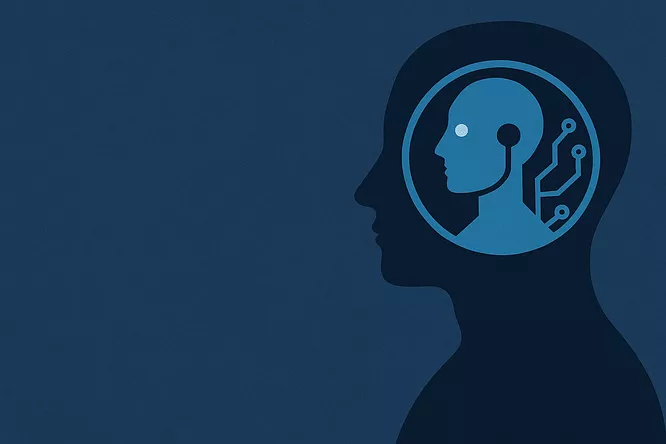Why AI Must Be Anchored in Human Values

Artificial Intelligence (AI) is no longer a distant concept—it is deeply woven into our daily lives. From healthcare diagnostics and financial services to education and governance, AI systems are influencing decisions that directly affect people’s futures. This unprecedented power brings both opportunity and responsibility. The question is no longer whether AI can do something, but whether it should—and according to whose moral compass.
At the Centre for Responsible Leadership (CRL), we believe that technology should serve humanity, not the other way around. As AI advances at an exponential pace, anchoring it in human values is not optional—it is essential.
1. Technology Without Values Is a Risk to Society
AI has the potential to amplify the best in us, but it can also magnify our worst biases, inequities, and blind spots. Without a guiding framework rooted in respect for human dignity, fairness, and accountability, AI systems risk making decisions that are efficient but ethically harmful. A machine may be able to predict a job applicant’s success rate, but if it relies on biased historical data, it can perpetuate discrimination for generations.
2. Human Values Provide the Moral Compass
Values like empathy, justice, integrity, and respect for diversity must guide the design, deployment, and governance of AI. These values are not abstract ideals—they are the moral compass that ensures technology aligns with the public good. Anchoring AI in human values means considering the impact on people first, rather than treating them as data points or variables in an algorithm.
3. Responsible Leadership Is Key
Embedding human values into AI requires more than technical adjustments; it requires leaders who are ethically grounded and willing to ask difficult questions:
-
Who benefits from this technology?
-
Who might be harmed?
-
Is the decision-making process transparent and accountable?
Responsible leadership means being proactive rather than reactive, setting policies that protect against misuse, and ensuring that AI remains a tool for empowerment rather than exploitation.
4. Collaboration Across Sectors
No single entity—be it government, business, or academia—can ensure ethical AI alone. Cross-sector collaboration is essential. Policymakers, engineers, ethicists, and community voices must work together to create frameworks where innovation thrives without compromising ethical standards. At CRL, we advocate for these partnerships, recognizing that shared responsibility leads to shared benefits.
5. The Future We Choose
The choices we make today will determine whether AI becomes a force for good or a source of harm. Anchoring AI in human values ensures that as technology evolves, it uplifts rather than undermines the human spirit. This is not just a technological challenge—it is a moral one.
The future of AI is not predetermined. It will reflect the principles we embed in it now. By grounding AI in human values, we choose a future where technology amplifies our humanity, not replaces it.